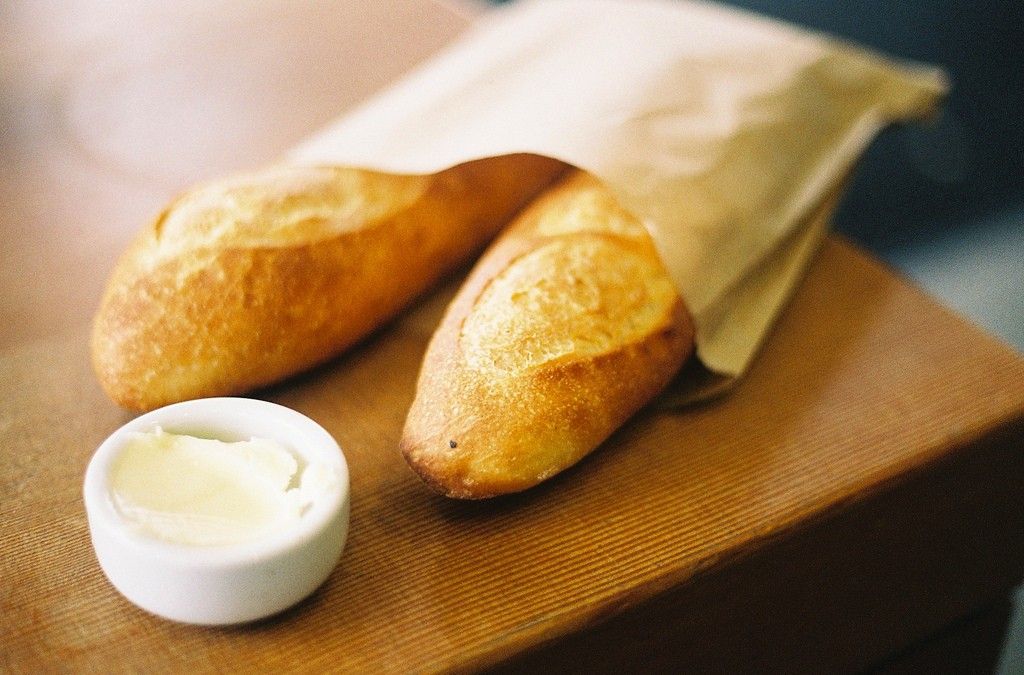10 Fancy Breads With Their Pronunciations
Mar 19, 2019 • 969 views
Ask us about Naan, or Rumali roti, we are all good, but when it comes to those sophisticated names of some international breads at some elegant dining place, we feel muddled.
Here is a cyclopedic list of breads we should know about, and also we will learn about the pronunciations, to nail the next suppertime.
Let's start!
1. Focaccia
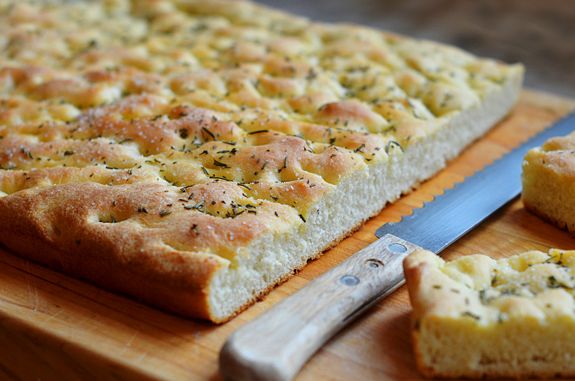
Pronunciation: Foh-ka-chuh
Origin: Italy
Focaccia is a flat oven-baked Italian bread product similar in style and texture to pizza dough. Focaccia can be used as a side to many meals or as sandwich bread. Focaccia al rosmarino is a common focaccia style in Italian cuisine that may be served as an antipasto, appetizer, table bread, or snack.
2. Pita
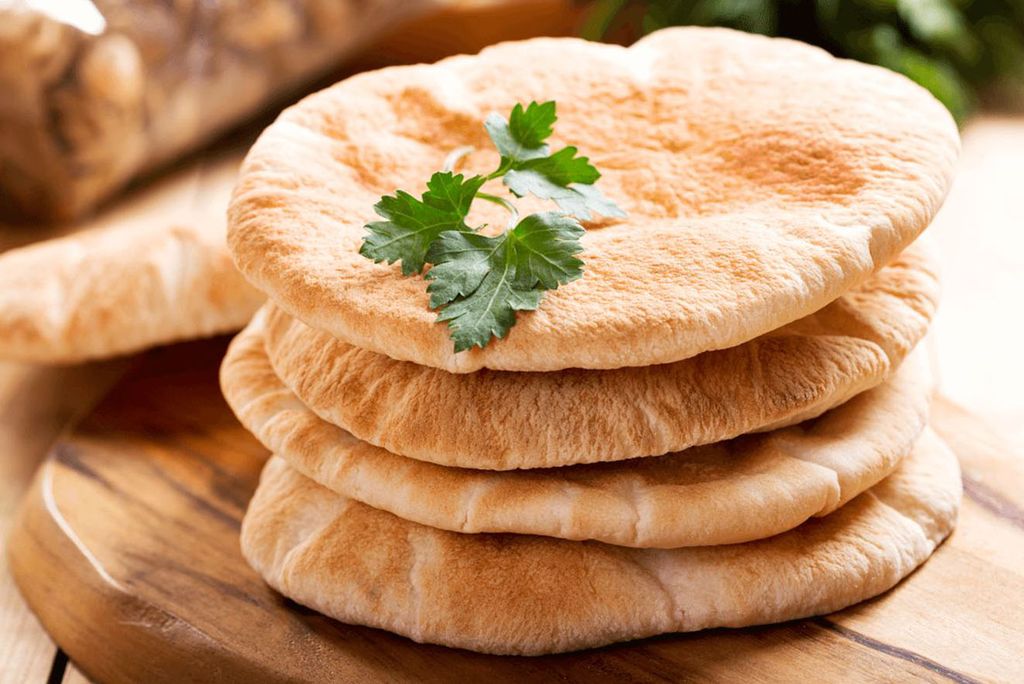
Pronunciation: Pee-tah
Origin: Israel
Pita, sometimes spelled pitta, is a family of yeast-leavened round flatbreads baked from wheat flour, common in the Mediterranean, Middle East, and neighboring areas.
3. Tortilla

Pronunciation: Taw-tee-uh
Origin: Mexico
In North America and Central America, a corn tortilla or just tortilla is a type of thin, unleavened flatbread, made from powdered hominy. In Guatemala and Mexico, there are three colors of maize dough for making tortillas: white maize, yellow maize and blue maize.
4. Lavash

Pronunciation: Laa-vuhsh
Origin: Armenia
Lavash is a soft, thin unleavened flatbread made in a tandoor and eaten all over the South Caucasus, Western Asia and the areas surrounding the Caspian Sea. Lavash is one of the most widespread types of bread in Armenia, Azerbaijan, Iran and Turkey.
5. Baguette

Pronunciation: Buh-get
Origin: France
Perhaps the most iconic of all breads, synonymous with the French way of life to such an extent that its dough is defined by French law, is the baguette. Long and lean, it's essential to most meals in a country where it could be said that there are actually three certainties in life: Death, taxes and a baguette at the dining table.
6. Crumpets
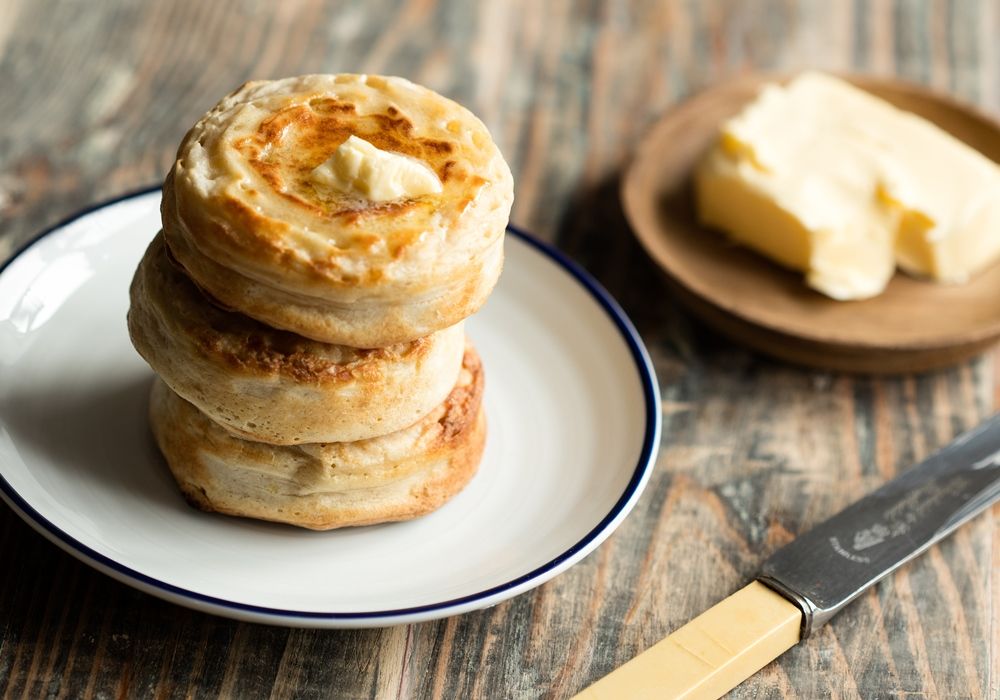
Pronunciation: Kruhm-puhts
Origin: United Kingdom
These little hockey puck-shaped griddle cakes are an English tradition. Like quick bread baking soda is used rather than yeast. Unlike quick bread, crumpets seem to exist for little purpose other than as a vehicle for butter or jam.
7. Arepa
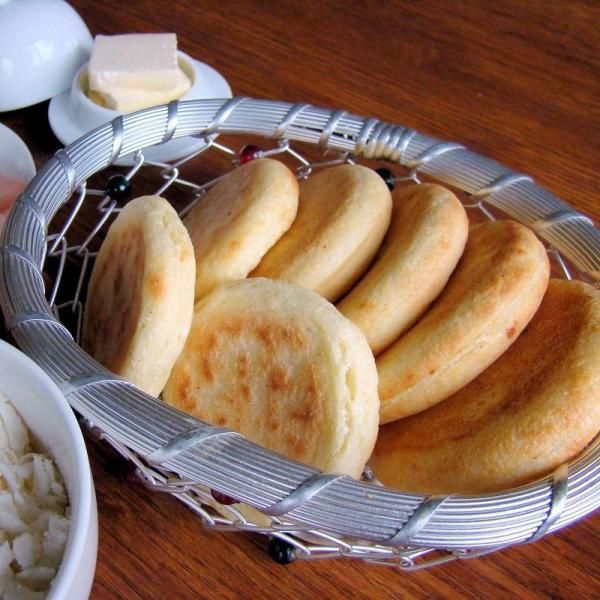
Pronunciation: uh-rei-puh
Origin: Columbia/Venezuela
Arepas are made with corn or dough and are common in the northern part of South America, especially Colombia and Venezuela. It can be served whole with cheese or avocado, but is usually sliced in half and used to make sandwiches.
8. Brioche
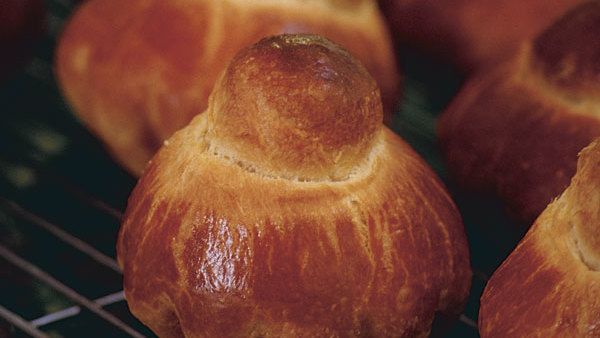
Pronunciation: Bree-Owsh
Origin: France
Brioche is a pastry of French origin that is similar to a highly enriched bread, and whose high egg and butter content give it a rich and tender crumb. Chef Joël Robuchon describes it as "light and slightly puffy, more or less fine, according to the proportion of butter and eggs."
9. Bruschetta

Pronunciation: Broo-skeh-tuh
Origin: Italy
Bruschetta is an antipasto from Italy consisting of grilled bread rubbed with garlic and topped with olive oil and salt. Variations may include toppings of tomato, vegetables, beans, cured meat, or cheese.So, more of a dish than just a bread.
10. Dampfnudel
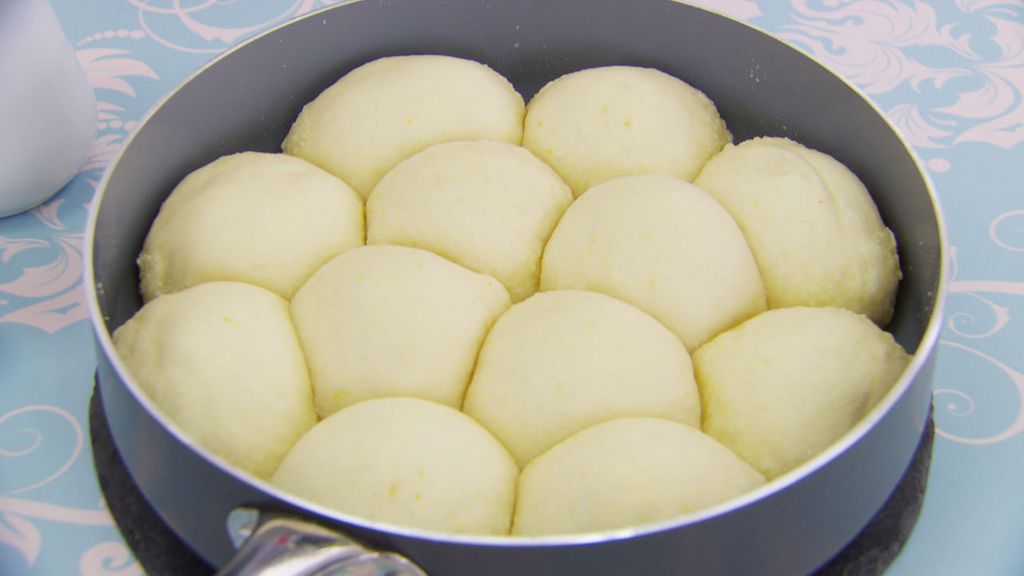
Pronunciation: Dumph-nu-dhul
Origin: Germany
Dampfnudel is a sort of white bread roll or sweet roll eaten as a meal or as a dessert in Germany, Austria and in France. It is a typical dish in southern Germany.
So these were some fancy breads and pastry dishes with their pronunciations, to help you out with the dubiety, the next time you eat a bread!
